Indigenous Governance Database
comprehensive land use plan
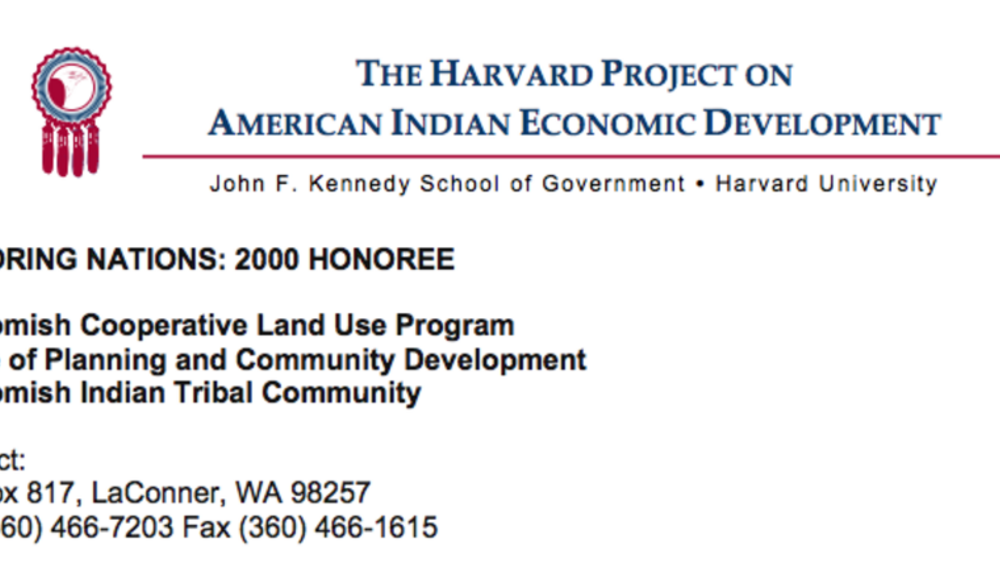
Swinomish Cooperative Land Use Program
Based on a memorandum of agreement between the Tribe and Skagit County, the Swinomish Cooperative Land Use Program provides a framework for conducting permitting activities within the boundaries of the "checkerboarded" reservation and offers a forum for resolving potential conflicts. The process,…
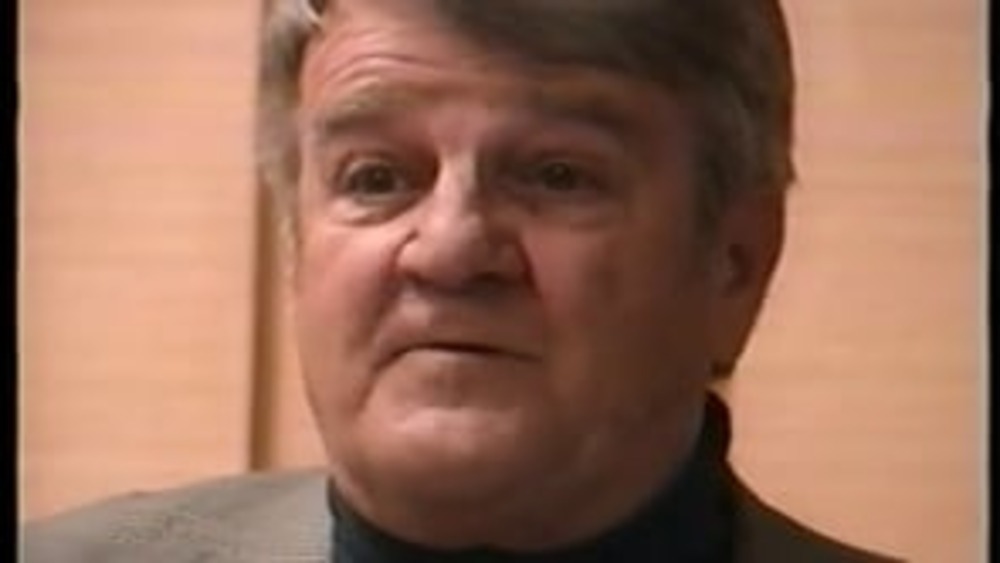
Honoring Nations: Charlie O'Hara: Developing Productive Government-to-Government Relations: Swinomish Cooperative Land Use Program
Charlie O'Hara discusses the Swinomish Cooperative Land Use Program and the importance of developing productive mutually beneficial government-to-government relations.
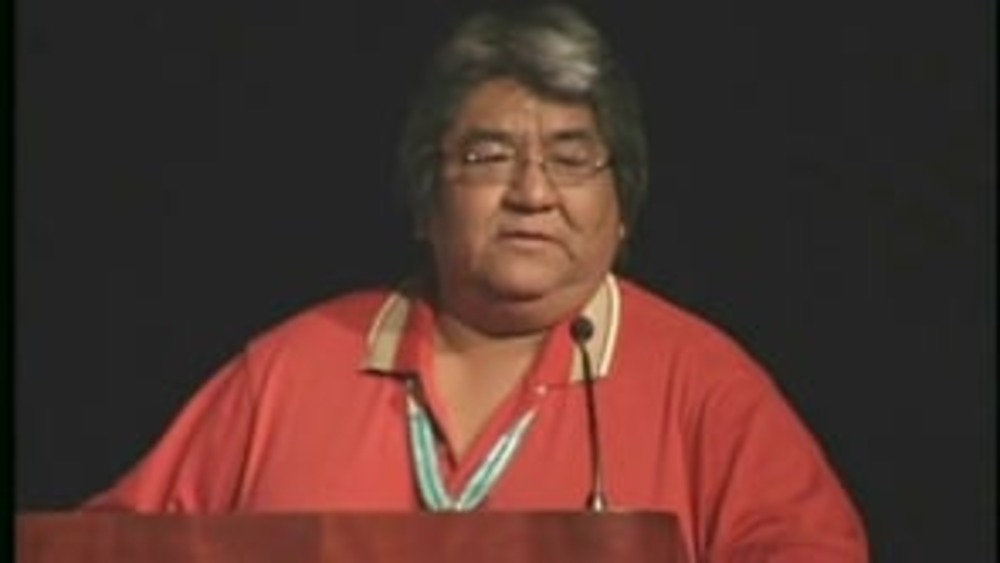
Honoring Nations: Cedric Kuwaninvaya: The Hopi Land Team
Former Chairman of the Hopi Land Team Cedric Kuwaninvaya presents an overview of the tribal subcommittee's work to the Honoring Nations Board of Governors in conjunction with the 2005 Honoring Nations Awards.
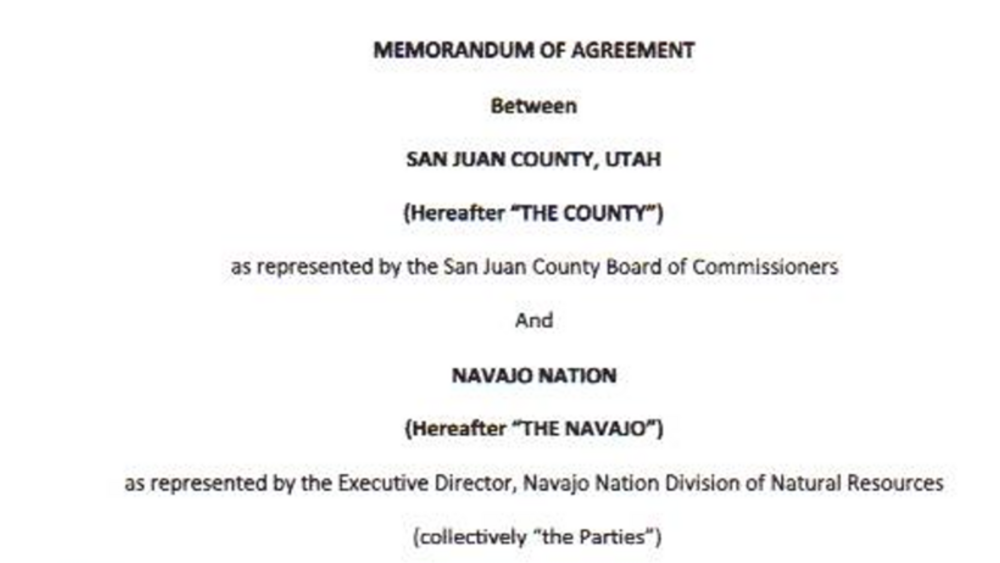
Agreement Signed Between Navajo Nation & San Juan County Utah
Navajo Nation President Ben Shelly signed a groundbreaking agreement San Juan County Commissioners Tuesday morning. President Shelly and the commissioners entered into a memorandum of agreement focused on planning collaboration to develop land use recommendations for state and federal lands within…
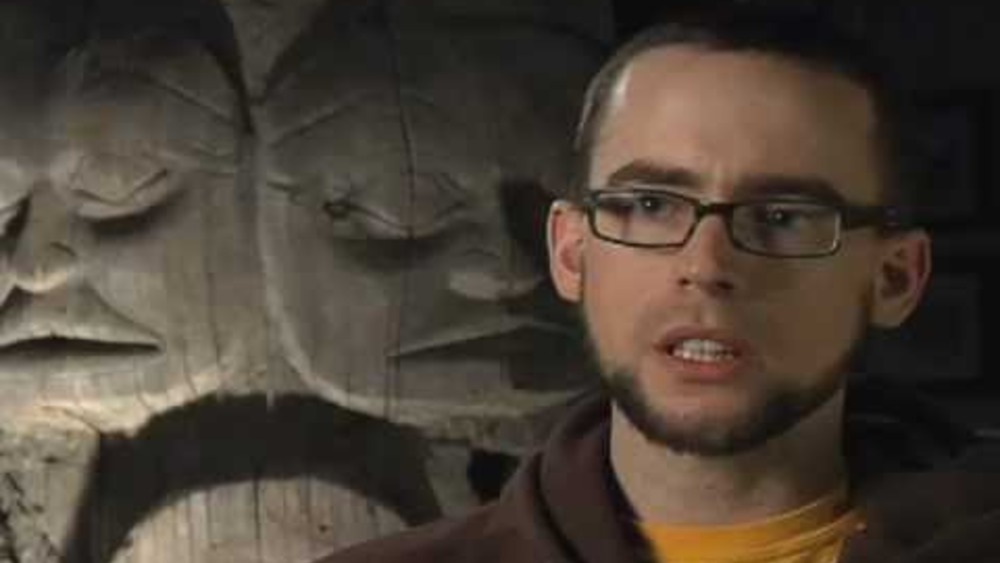
Gitanyow Nation: Land Use Planning to Protect their Territories
Gitanyow citizens, a nation with a strong system of hereditary chiefs, talk about the impacts of development on their traditional lands and how their land use plan has helped protect their territories.
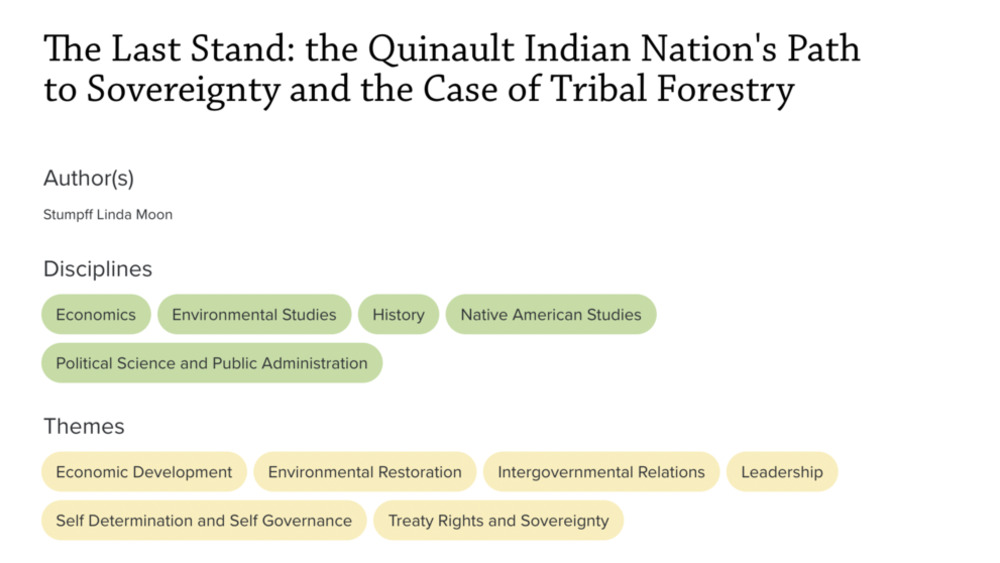
The Last Stand: the Quinault Indian Nation's Path to Sovereignty and the Case of Tribal Forestry
This case tells a story of forestry management policies on the Quinault Reservation. In the early years, the Office of Indian Affairs (OIA) and later the Bureau of Indian Affairs (BIA) acted like a landlord, allocating large timber sales to non-Indian timber companies. The Dawes Act fragmented the…
